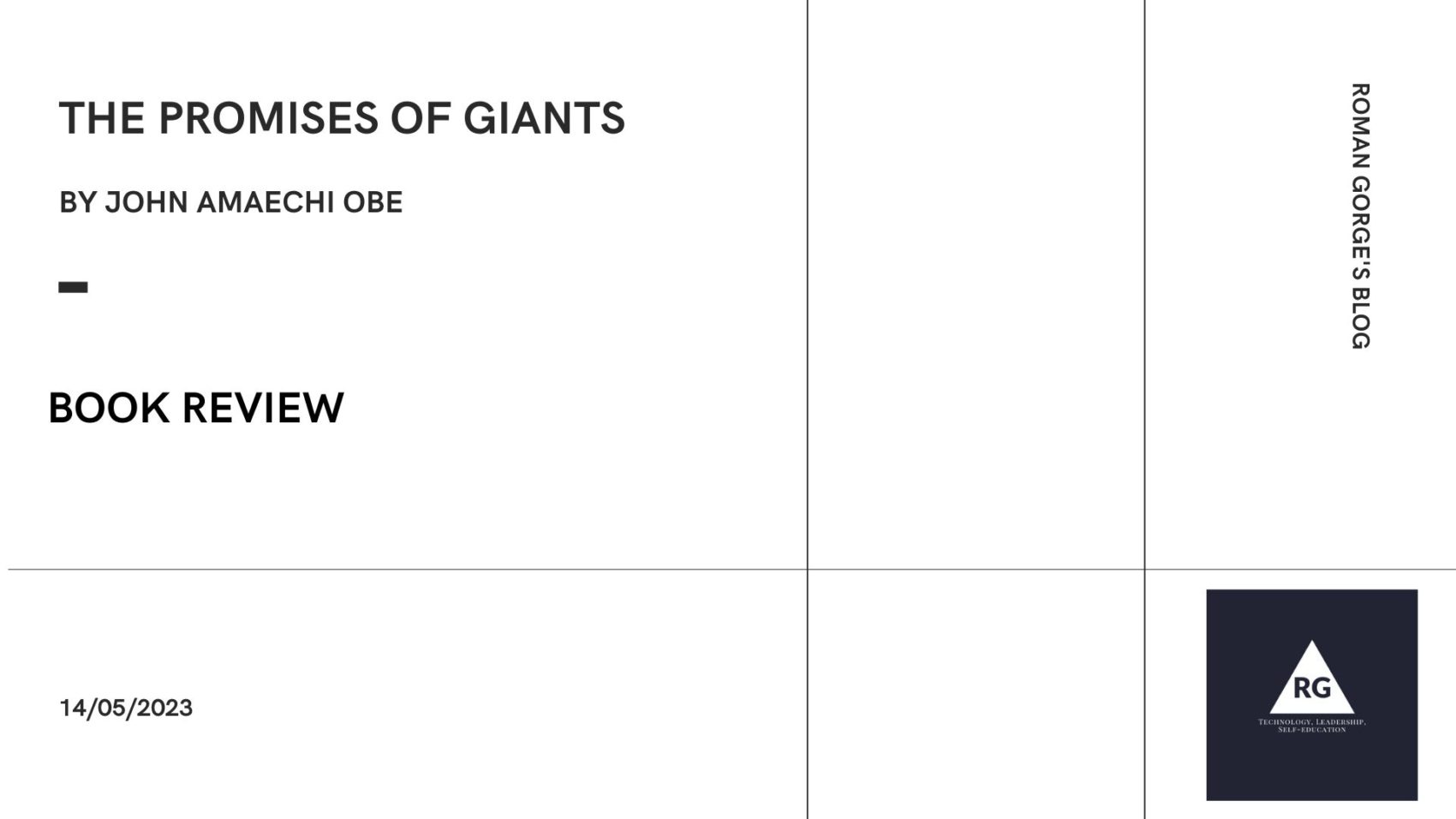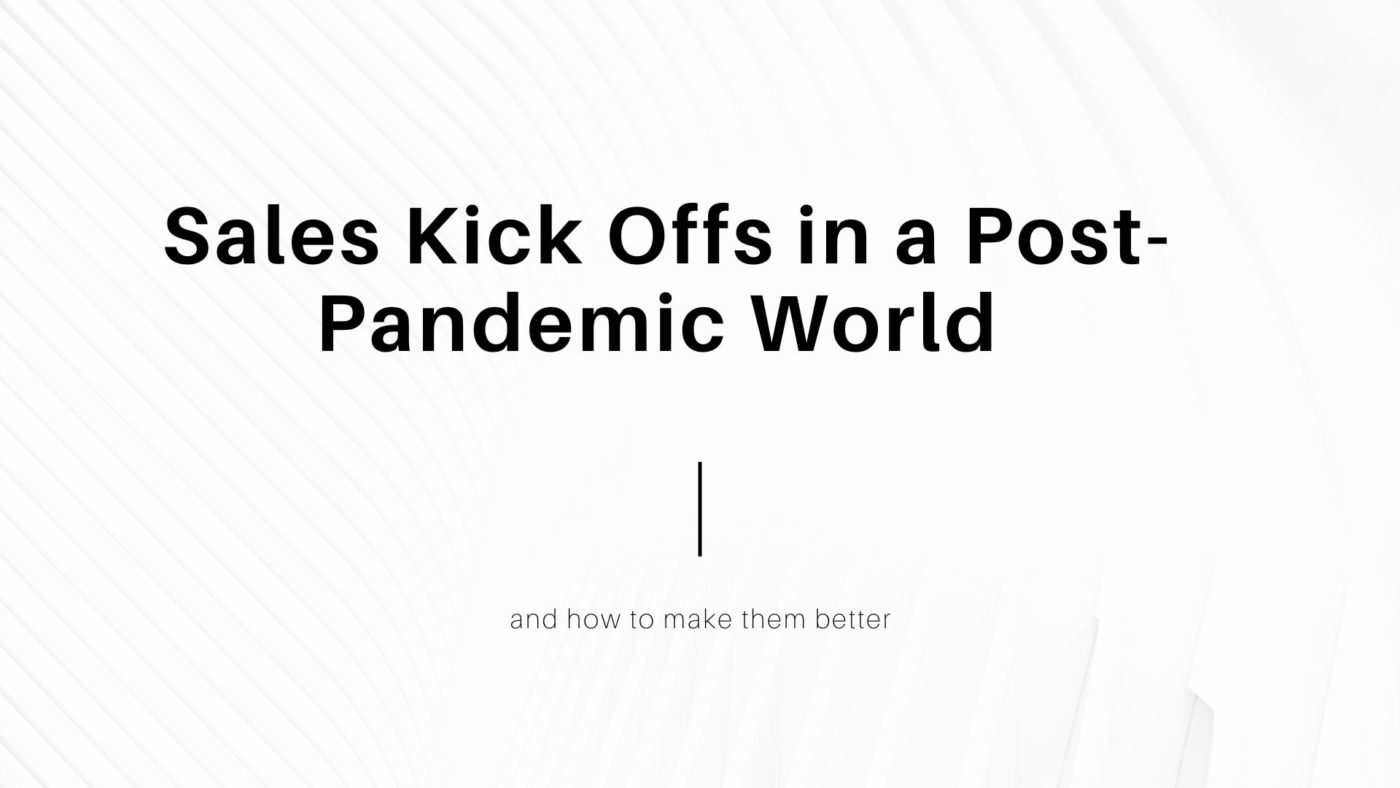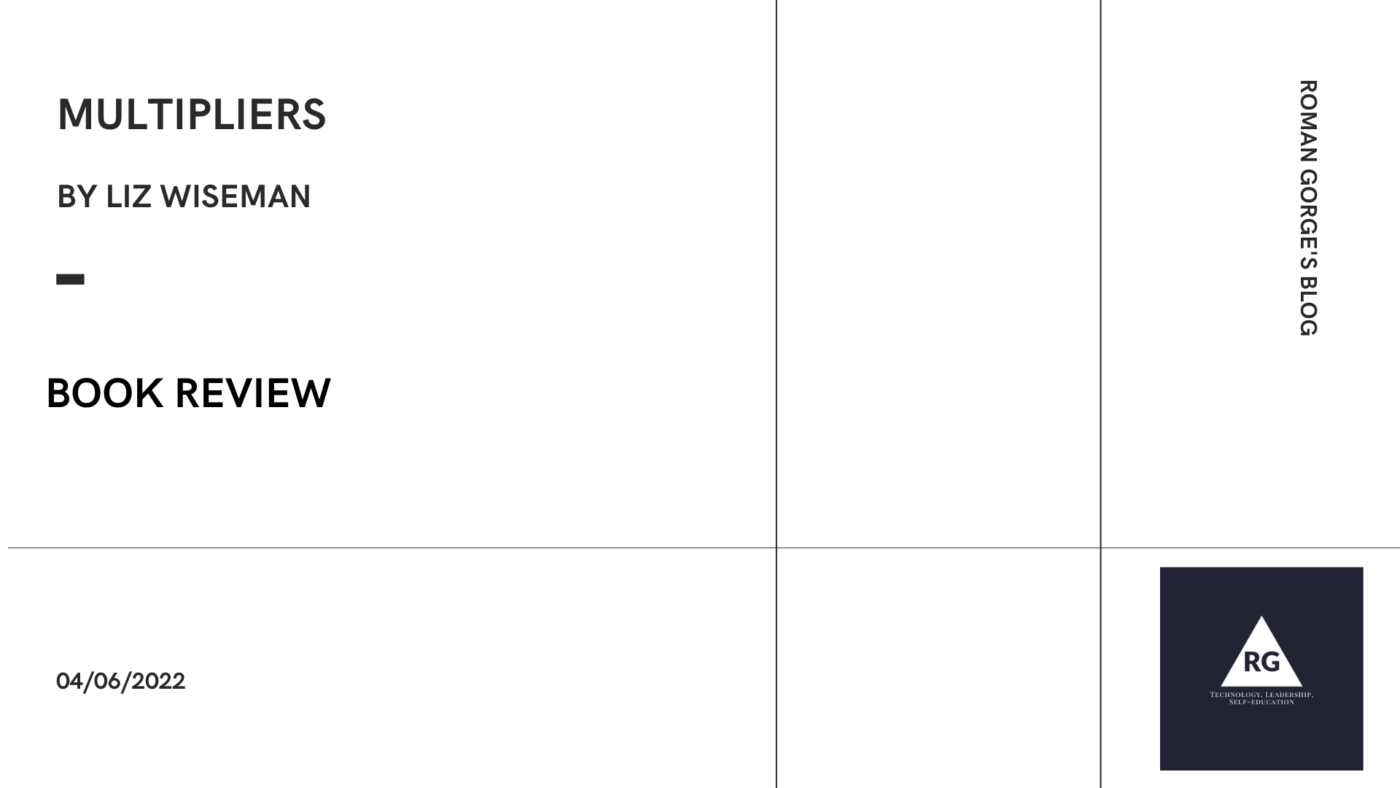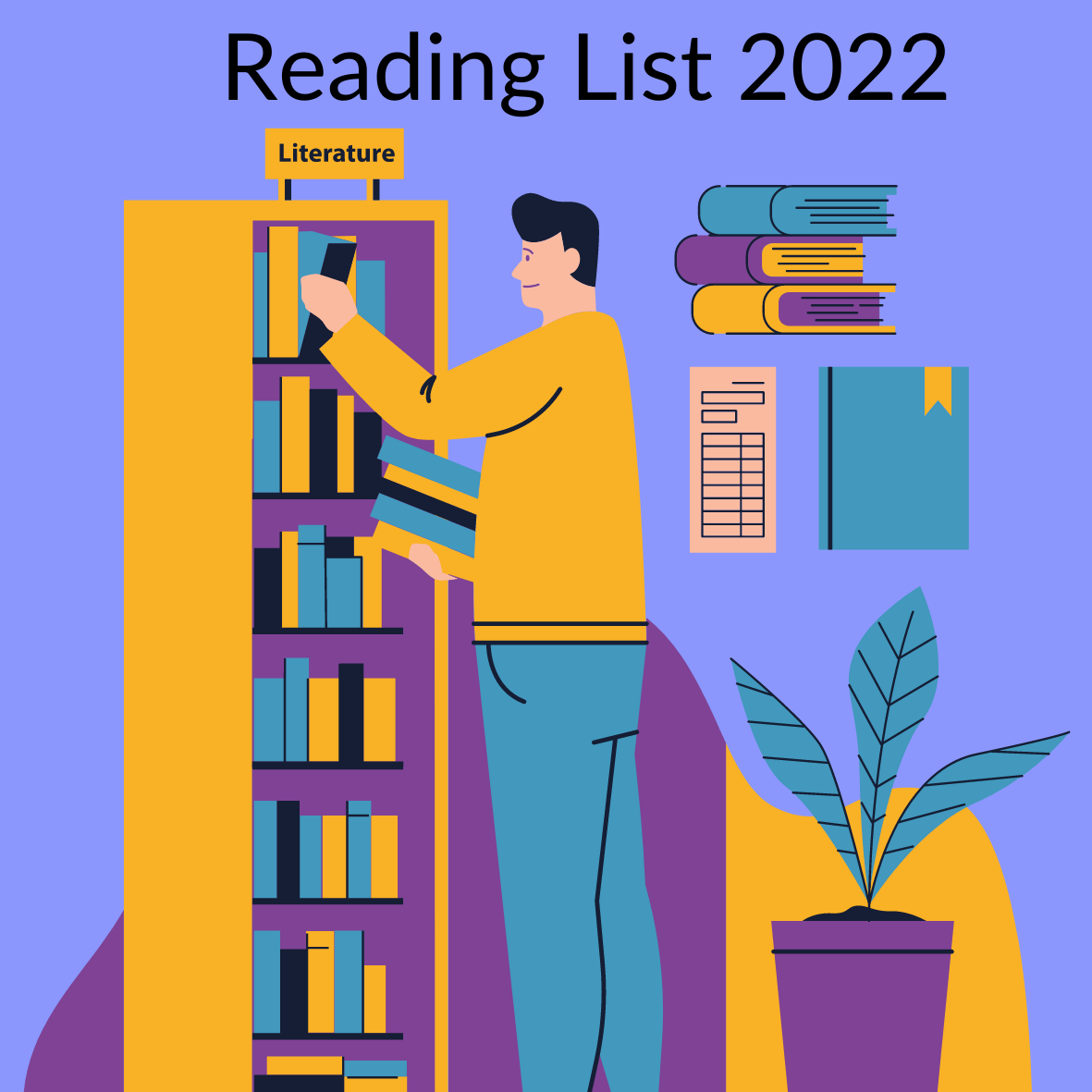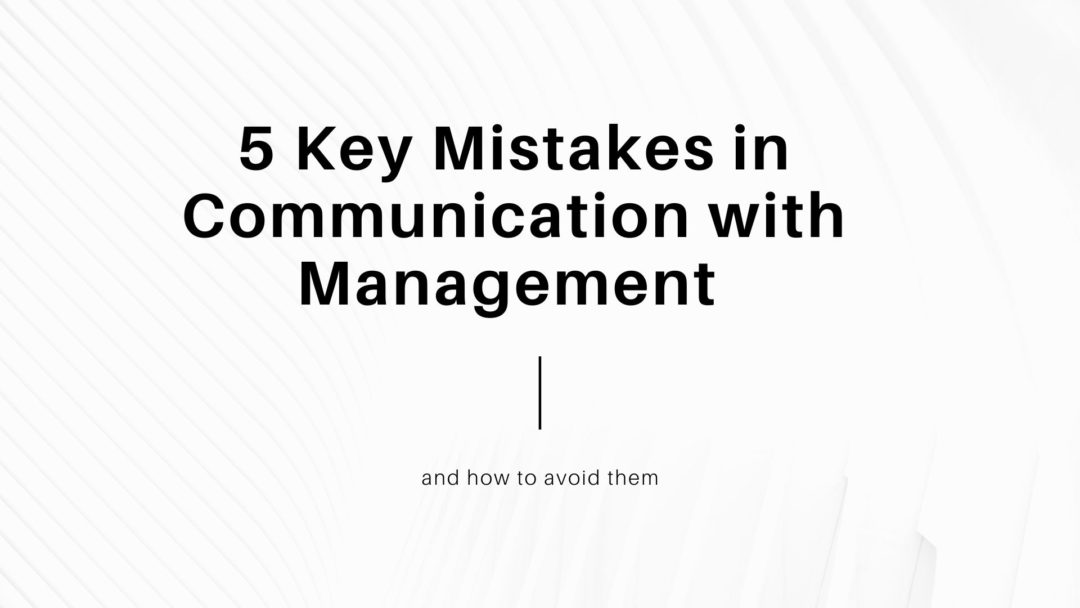Humanity social systems can exist because people can collaborate and align on common goals. Without our abilities to influence each other and comply to each others requests our civilization simply would not survive. It is not very important how exactly our ancestors evolved those abilities, probably, being social and collaborative gave significant advantage in Stone Age times. What is important – is to learn what exactly makes us comply. And why?
For sure, we are influenced by facts and rational explanations, but behavioral economics and great book Thinking Fast and Slow prove that people are irrational. There are other factors or levers that significantly impact our judgment and readiness to agree.
I have finished recently a book “Influence. The Psychology of Persuasion”. This book has detailed analysis of main behavioral models (we can call them biases as well) that force us to comply. These biases trigger embedded mechanisms in our brain – skip critical thinking part and jump directly to conclusions and actions. Click and run. Let’s dive deeper into them.
Reciprocation
If somebody gives us something, we feel urge to give something back. Favor, gift or our compliance with the next request. There is a deep psychological connection between reciprocity, gratitude and life satisfaction – we feel better when we are participating in exchange of goods and favors. We use this mechanism to influence others decisions and make others feel “much obliged”.
In Japan, normally people say “arigato gozaimasu,” meaning “thank you”. However, people also say “sumimasen” when they want to express their appreciation or a feeling of regret, guilt, or another negative emotion. For example, when they receive unexpected gift or favor from others.
Practical implementations of reciprocation lever are everywhere. Free samples of products, small gifts after first purchase or a small concession made by one of the parties in negotiation process.
Liking
There is famous quote: “People buy from those who they like”. It is a golden rule for every salesperson – in the situation where competing products price and features are the same, people buy from whom they like more. Even if they know that it is just a compliance strategy.
But liking is a vague term. If we will try to decompose it, then we will see that we like people who:
- Similar to us
- Give us compliments
- Easy to contact and ready to cooperate with us.
That is pretty simple to use in real life. Focus on commonalities rather than differences. Show others that you appreciate them and their actions. Be a “go-to-person” who is ready to work on a shared goal.
Liking is the reason why brands go to influencers for advertisements. Because thousands of people like them and inevitably extend their likeness to a brand too.
Social Proof
When I go to a new restaurant, I often ask for the most famous meal in the menu. Collective experience of other visitors cannot be wrong. The same logic applies to product reviews and ratings. We view an action as correct in a given situation to the degree that we see others performing it.
Social proof lever is especially efficient in ambiguous situations. The more unknown environment we are at, the more we rely on others behaviour. I think this is the reason why in a new city I trust reviews at Google Maps completely and blindly.
So, if you need help, don’t rely on others reaction unless it is clear for them that there is an emergency. A lot of us witnessed situation when a person lies on the ground and people demonstrate zero actions to help the person. Why? Situation is ambiguous and everybody rely on each other reaction. And nobody takes a first step.
Another tip I learned – if you are delivering a webinar and want audience to ask questions, you have to break the ice yourself first. Come up with a couple of artificial questions, read them loud and give an answer. Social proof will do the rest for you.
Continue reading


